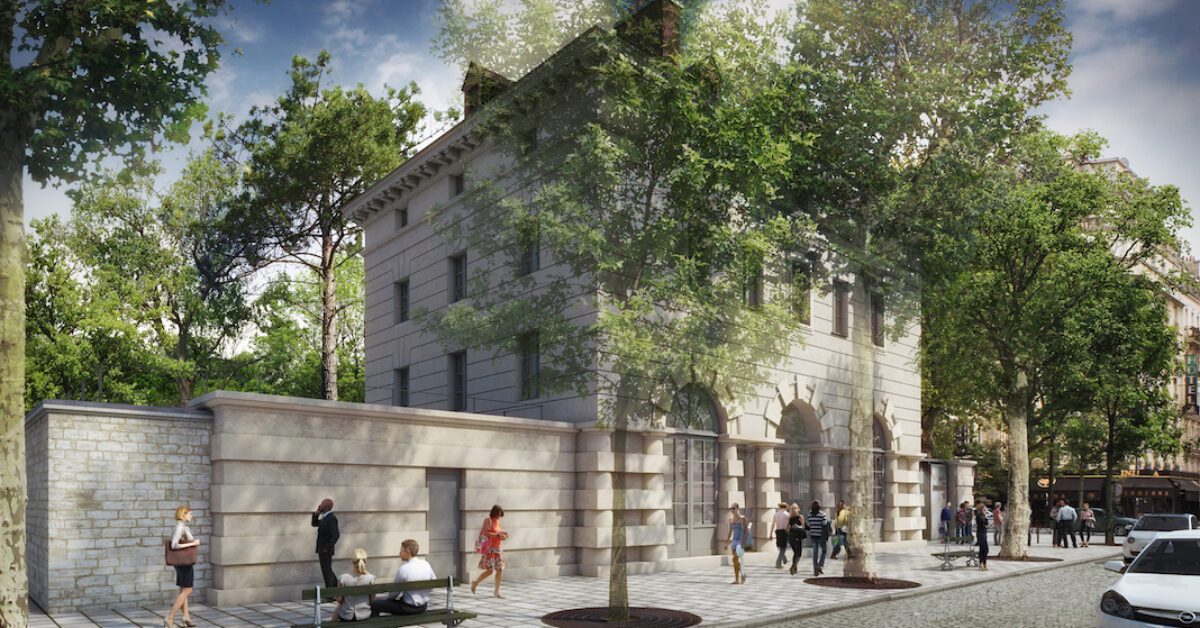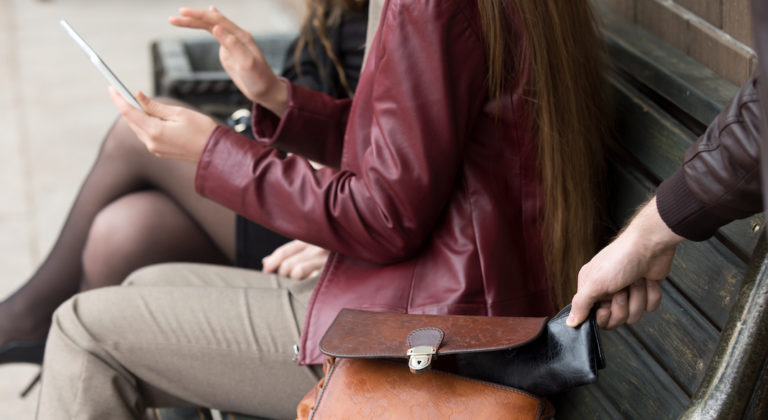Two days after the upcoming 75th anniversary of the Liberation of Paris during World War II, a new museum will open in France’s capital. The Musée de la Libération de Paris-Musée du Général Leclerc-Musée Jean Moulin memorializes the city’s (and country’s) escape from Nazi control and the Resistance leaders that led that movement. Doors open August 27 after its inauguration August 25 at the Place Denfert-Rochereau.
The museum is set up chronologically, following the actions of Jean Moulin and Philippe de Hautecloque, two majors figures in the Resistance, to recount the situation in France from the end of the first world war until the country’s liberation. Over 7,000 original photographs, items, archival videos, testimonies and other historic documents have been collected from the Musée du Général Leclerc, originally located above the Gare Montparnasse, and from Antoinette Sasse and the Fondation du Maréchal Leclerc de Hautecloque for the museum.
At this new site, the City of Paris has said that it expects the museum to host 50,000 to 80,000 visitors per year, many more than the 10,000 annual visitors it received in the museum’s old space, which was inaugurated in 1994.

The pièce de résistance (French pun intended) is the underground bunker that Colonel Rol-Tanguy, leader of the Resistance, used as a headquarters. Down 100 steep steps, visitors will find themselves in the former military command post where members of the French resistance coordinated the city’s fight for liberation from the Nazis in 1944 over the course of six days. A continuous soundtrack immerses visitors in life in the bunker, playing sounds like air raid sirens, old fashion telephone rings, and running footsteps smacking on the cold ground. The bicycle generator used for electricity and the decontamination chamber are historical wonders to be seen.
The museum highlights Moulin and Leclerc for their unique roles in liberating France. After several years of working for the Resistance, in 1942, Moulin parachuted into Nazi-occupied France on the orders of General Charles de Gaulle who was leading the free French movement. Moulin created the Resistance’s press service, a secret military force and the National Council of Resistance which organized smaller Resistance groups into one large force. In 1943, he died at the hands of the Gestapo, and though he was brutally tortured for three weeks, he never revealed any information on the Resistance’s efforts. At de Gaulle’s side since July 1940, General Leclerc was responsible for rallying troops from various countries in Equatorial Africa and leading them to France. He and his troops fought their way south from Normandy to Paris and did not stop until Strasbourg was liberated in November 1944.
The permanent collections are free to visit, but visits to the bunker must be booked in advance. Reservations will be able to be made on the website in the coming days.






